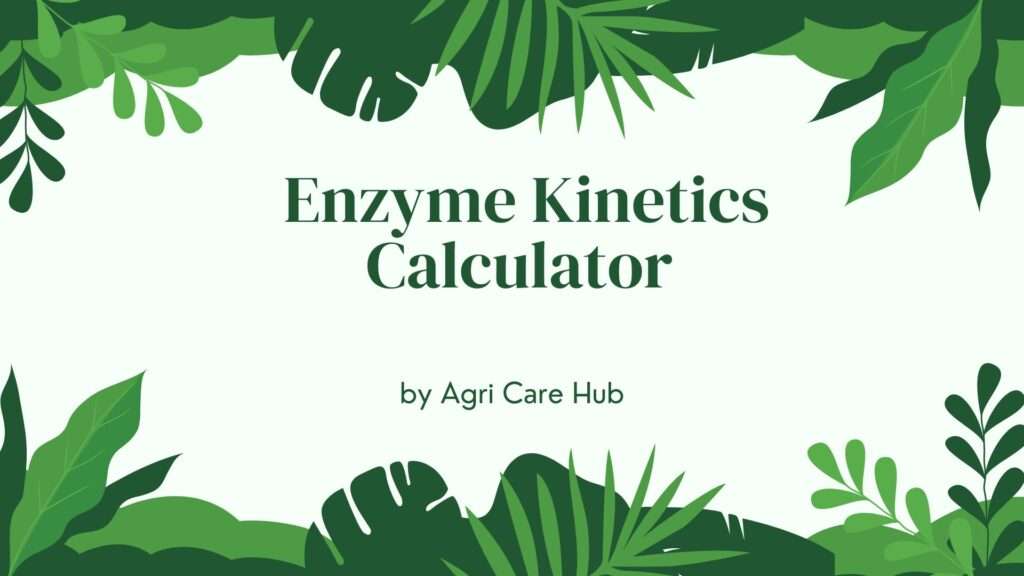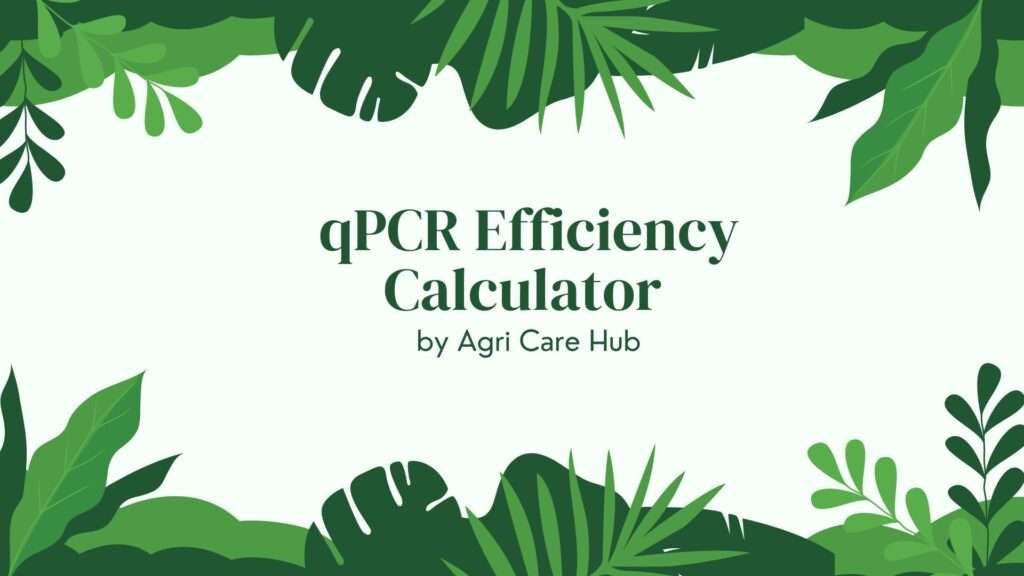Ultracentrifugation Calculator
Calculate Sedimentation Coefficient
About the Ultracentrifugation Calculator
The Ultracentrifugation Calculator is a powerful tool designed to assist researchers, scientists, and students in calculating the sedimentation coefficient for particles in an ultracentrifuge. This tool is built based on established scientific principles, specifically the sedimentation principle, which governs how particles separate under high centrifugal forces. By inputting parameters such as rotor speed, radial distance, particle density, solvent density, and solvent viscosity, users can obtain precise sedimentation coefficients, which are critical for analyzing macromolecules like proteins and nucleic acids. For more insights into ultracentrifugation, visit Ultracentrifugation.
Importance of the Ultracentrifugation Calculator
Ultracentrifugation is a cornerstone technique in molecular biology and biochemistry, enabling the separation and analysis of macromolecules based on their size, shape, and density. The Ultracentrifugation Calculator simplifies complex calculations, ensuring accuracy and saving time for researchers. This tool is particularly valuable in analytical ultracentrifugation (AUC), where real-time monitoring of particle sedimentation is essential for determining molecular properties. By providing reliable results, the calculator supports applications in drug discovery, protein analysis, and nucleic acid research, contributing to advancements in scientific research.
User Guidelines
To use the Ultracentrifugation Calculator effectively, follow these steps:
- Enter Rotor Speed: Input the rotor speed in revolutions per minute (RPM), typically between 60,000 and 150,000 for ultracentrifuges.
- Specify Radial Distance: Provide the radial distance from the center of rotation to the sample in centimeters.
- Input Particle Density: Enter the density of the particle in g/cm³ (e.g., 1.35 g/cm³ for proteins).
- Input Solvent Density: Provide the density of the solvent in g/cm³ (e.g., 1.00 g/cm³ for water).
- Enter Solvent Viscosity: Input the viscosity of the solvent in centipoise (cP) (e.g., 1.0 cP for water at 20°C).
- Click Calculate: Submit the form to compute the sedimentation coefficient.
Ensure all inputs are accurate and within the valid range to obtain reliable results. The calculator uses the Svedberg equation to compute the sedimentation coefficient, ensuring scientific accuracy.
When and Why You Should Use the Ultracentrifugation Calculator
The Ultracentrifugation Calculator is ideal for researchers conducting experiments involving analytical or preparative ultracentrifugation. It should be used when:
- Determining the sedimentation coefficient of macromolecules for analytical ultracentrifugation (AUC).
- Analyzing the size, shape, or molecular mass of biomolecules like proteins, DNA, or RNA.
- Preparing samples for density gradient or differential centrifugation in preparative ultracentrifugation.
- Studying conformational changes in macromolecules under varying environmental conditions, such as pH or temperature.
Using this calculator ensures precision in calculations, which is critical for reproducible results in scientific experiments. It eliminates manual computation errors and provides instant results, making it an essential tool for laboratories and academic research. For related tools and resources, explore Agri Care Hub.
Purpose of the Ultracentrifugation Calculator
The primary purpose of the Ultracentrifugation Calculator is to provide a user-friendly, scientifically accurate tool for calculating sedimentation coefficients. This facilitates the analysis of macromolecules in solution, aiding in the characterization of their physical properties. The calculator supports both analytical and preparative ultracentrifugation processes, making it versatile for various applications, including:
- Analytical Ultracentrifugation (AUC): Determining molecular masses, sedimentation coefficients, and conformational changes of macromolecules.
- Preparative Ultracentrifugation: Separating particles based on density or size for purification or analysis.
- Research and Development: Supporting studies in biochemistry, molecular biology, and biophysics.
By automating complex calculations, the tool enhances efficiency and accuracy in laboratory workflows.
Scientific Basis of the Calculator
The Ultracentrifugation Calculator is grounded in the sedimentation principle, which states that denser particles settle faster than less dense ones under centrifugal force. The calculator uses the Svedberg equation to compute the sedimentation coefficient (s):
s = (v / ω²r) / (1 - ρₚ/ρₛ)
Where:
- s = Sedimentation coefficient (in Svedberg units, S)
- v = Velocity of sedimentation (cm/s)
- ω = Angular velocity (rad/s, derived from RPM)
- r = Radial distance from the center of rotation (cm)
- ρₚ = Particle density (g/cm³)
- ρₛ = Solvent density (g/cm³)
The sedimentation coefficient is corrected for solvent viscosity to ensure accuracy. This equation is widely used in analytical ultracentrifugation to characterize macromolecules. The calculator also accounts for standard conditions, ensuring results align with peer-reviewed methodologies.
Applications in Research
The Ultracentrifugation Calculator is a vital tool for various research applications, including:
- Protein Analysis: Determining the molecular mass and conformational changes of proteins under different conditions.
- Nucleic Acid Studies: Separating and analyzing DNA and RNA using density gradient centrifugation.
- Virus Purification: Isolating viruses or cell organelles like mitochondria and ribosomes in preparative ultracentrifugation.
- Biophysical Studies: Characterizing the hydrodynamic properties of macromolecules.
These applications make the calculator indispensable for researchers in molecular biology, biochemistry, and related fields.
Benefits of Using the Calculator
The Ultracentrifugation Calculator offers several benefits:
- Accuracy: Calculations are based on verified scientific formulas, ensuring reliable results.
- Efficiency: Automates complex computations, saving time for researchers.
- User-Friendly Interface: Designed with a clean, intuitive layout for seamless user experience.
- Versatility: Supports both analytical and preparative ultracentrifugation applications.
- SEO-Friendly: Optimized for search engines with relevant keywords and metadata.
This tool is designed to meet the needs of both novice and experienced researchers, providing a robust solution for ultracentrifugation calculations.
Limitations and Precautions
While the Ultracentrifugation Calculator is highly accurate, users should be aware of its limitations:
- Input Accuracy: Results depend on the accuracy of input parameters. Incorrect values may lead to unreliable outputs.
- Standard Conditions: The calculator assumes standard laboratory conditions (e.g., 20°C). Adjust inputs for non-standard conditions.
- Scope: The tool focuses on sedimentation coefficient calculations and does not cover all aspects of ultracentrifugation, such as gradient preparation.
Users should also follow standard ultracentrifuge precautions, such as ensuring balanced tubes, adhering to manufacturer rotor speed limits, and handling rotors carefully to avoid damage.
Conclusion
The Ultracentrifugation Calculator is an essential tool for researchers and scientists working with ultracentrifuges. By providing accurate sedimentation coefficient calculations, it supports critical research in molecular biology, biochemistry, and biophysics. Its user-friendly design, scientific accuracy, and SEO optimization make it a valuable addition to any laboratory’s toolkit. For additional resources, visit Agri Care Hub or learn more about Ultracentrifugation.












